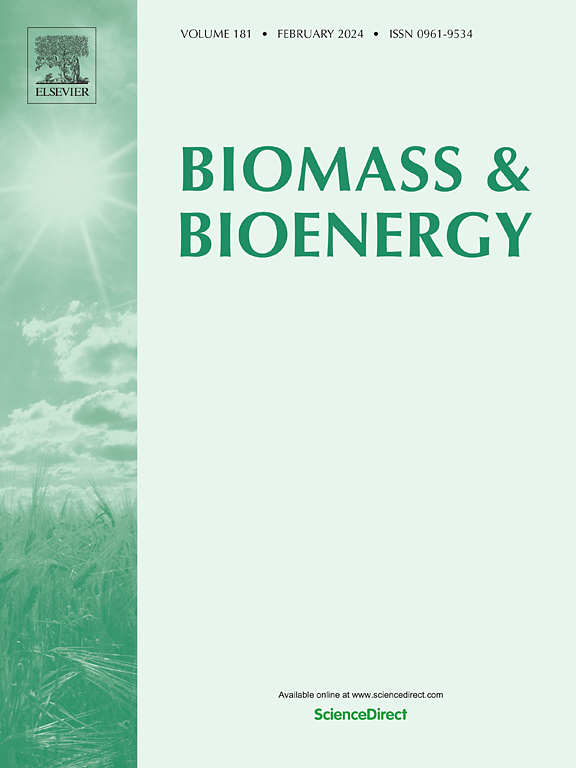Co-biosynthesis of exopolysaccharide and poly-3-hydroxybutyrate using a versatile strain Paracoccus sp. TH21-44: Antioxidant potential and fermentation model
IF 5.8
2区 生物学
Q1 AGRICULTURAL ENGINEERING
引用次数: 0
Abstract
The sole disadvantage of microbial fermentation products imposes a specific limitation on industrial production, secretion of extracellular exopolysaccharide (EPS) by synergy with intracellular accumulation of polyhydroxyalkanoates (PHAs) can maximize sustainable adaptability. In this study, a high-performing EPS-producing strain TH21-44 was isolated in conjunction with PHAs fermentation. The metabolically diverse bacterium TH21-44 was identified as Paracoccus sp. based on the taxonomic analysis. The genes and metabolic pathways involved in the synthesis of poly-3-hydroxybutyrate (PHB) and EPS were comprehensively characterized through draft genome sequencing. PHAs synthase is classified as class Ⅰ and glycosyl transferases involved in the EPS synthesis have been detected. Foremost, the combined fermentation capacity was further enhanced by adjusting the process parameters. The maximum concentrations of PHB (168.26 mg L−1) and EPS (191.11 mg L−1) were achieved when C/N ratio was established at 15:1, using 10 g L−1 glucose as substrate after 48 h of cultivation. Accordingly, the purified EPS was evaluated for cytotoxicity and oxidative stress with a view to food fields, and obtained PHB properties were detected to fit the appropriate application scenarios. This study established a foundational process for the co-synthesis of EPS and PHB, and offered a novel perspective on leveraging the metabolic potential of functional microorganisms.

求助全文
约1分钟内获得全文
求助全文
来源期刊

Biomass & Bioenergy
工程技术-能源与燃料
CiteScore
11.50
自引率
3.30%
发文量
258
审稿时长
60 days
期刊介绍:
Biomass & Bioenergy is an international journal publishing original research papers and short communications, review articles and case studies on biological resources, chemical and biological processes, and biomass products for new renewable sources of energy and materials.
The scope of the journal extends to the environmental, management and economic aspects of biomass and bioenergy.
Key areas covered by the journal:
• Biomass: sources, energy crop production processes, genetic improvements, composition. Please note that research on these biomass subjects must be linked directly to bioenergy generation.
• Biological Residues: residues/rests from agricultural production, forestry and plantations (palm, sugar etc), processing industries, and municipal sources (MSW). Papers on the use of biomass residues through innovative processes/technological novelty and/or consideration of feedstock/system sustainability (or unsustainability) are welcomed. However waste treatment processes and pollution control or mitigation which are only tangentially related to bioenergy are not in the scope of the journal, as they are more suited to publications in the environmental arena. Papers that describe conventional waste streams (ie well described in existing literature) that do not empirically address ''new'' added value from the process are not suitable for submission to the journal.
• Bioenergy Processes: fermentations, thermochemical conversions, liquid and gaseous fuels, and petrochemical substitutes
• Bioenergy Utilization: direct combustion, gasification, electricity production, chemical processes, and by-product remediation
• Biomass and the Environment: carbon cycle, the net energy efficiency of bioenergy systems, assessment of sustainability, and biodiversity issues.
 求助内容:
求助内容: 应助结果提醒方式:
应助结果提醒方式:


